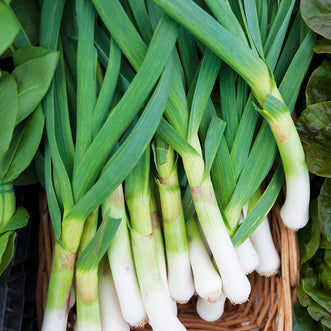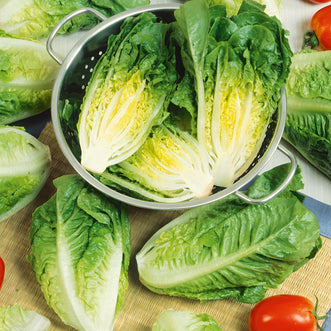
Echinacea and It's Uses
KarenECHINACEA
Say the word “echinacea” and the immune system comes up for discussion. Many people have taken an Echinacea supplement at some time to help boost their immune system.
Here at Kings Seeds we have two species of Echinacea available. The first is ‘purpurea’ which is the most commonly grown for its medicinal properties and is the Echinacea with cone shaped flowers. The second is ‘angustifolia’ which has narrow leaves. Both species are perennial and make an amazing spectacle in the garden as a well structured flowering plant especially when sown is big clusters. The picture below is the stunning big patch in Barb & Gerard's garden of Echinacea Lustre Hybrids.

We also have Echinacea White Swan and the beautiful Echinacea Green Twister which have been so popular they have sold out but have been re-ordered.

Origins:
Samples of Echinacea have been found dating back to the 1600’s in Native American archaeological sites. European settlers became aware of Echinacea in the early 1800’s and it proved to be one of the most important indigenous medicines introduced to travelling Europeans.

The coneflowers are related to a group of Native American wildflowers from the Daisy family.
There is a long history of use by the American Indians who used it to:
- soothe insect bites & stings
- treat snake bites
- alleviate toothache by chewing on the fresh root
- heal wounds.
Medicinal Properties:
In early writings it would appear that Echinacea was used more than any other plant as a remedy for ailments. The earliest reference to the medicinal uses of any of any of the species of Echinacea was back in the 1600’s by an English botanist John Clayton who writes about treating saddle sores on horses.

Echinacea can be found in many forms such as tablet, ointments, liquid and tea. Ailments that can benefit from Echinacea are:
- Colds or flu, even in the early stages
- Sore throats, tonsil & throat infections, as a gargle & also swallowed
- Urinary tract infections
- Burns, skin ulcers, wounds, as an ointment
- Psoriasis & eczema
- During & after radiation treatment
- Arthritis, for its anti-inflammatory effect
- Toothache, gum & mouth infections, as a gargle & also swallowed
- Stings, insect bites
- Blood & food poisoning; large doses required.
As with anything drug or supplement, it pays to check that you are okay to take with any other medicines you may be taking regularly.
Growing Conditions:
The Echinacea favours deep, light loamy soils and thrives on a sunny position in the garden.
It is best to stratify the seed for 7-10 days (pop in the fridge) to achieve good germination. Then plant them up in your seed raising mix. The soil temperature needs to be at least 21degrees celcius for germination which will take 7-10 days.
The plants will mature in the second season from transplanting into your garden.

Personal Experiences:
I realise my own personal experience of Echinacea is not clinically tested but I think it is worth sharing. Taking echinacea tablets as a supplement to boost my immune system is something I have been doing for many years off and on. Then I discovered the liquid form which is a lot more potent. Taken orally the taste is quite metallic but once I got past that it proved to be invaluable.
In March & October I tend to take a teaspoon daily in water for up to 2-3 weeks to avoid the change of season colds and drink it in tea form too.
Also taking it 7-10 days before an overseas flight helps me to avoid that nasty cold you quite often get after a long haul flight. Taken in conjunction with powdered Vitamin C I have now had 3 experiences where I have not had a cold and my husband has. I put it down to my immune system being boosted by Echinacea and Vit C, in tip top condition to fight off any 'nasties' lurking in the airplanes recycled air.
We would love to hear if you have had similar experiences with this amazing plant.



















































